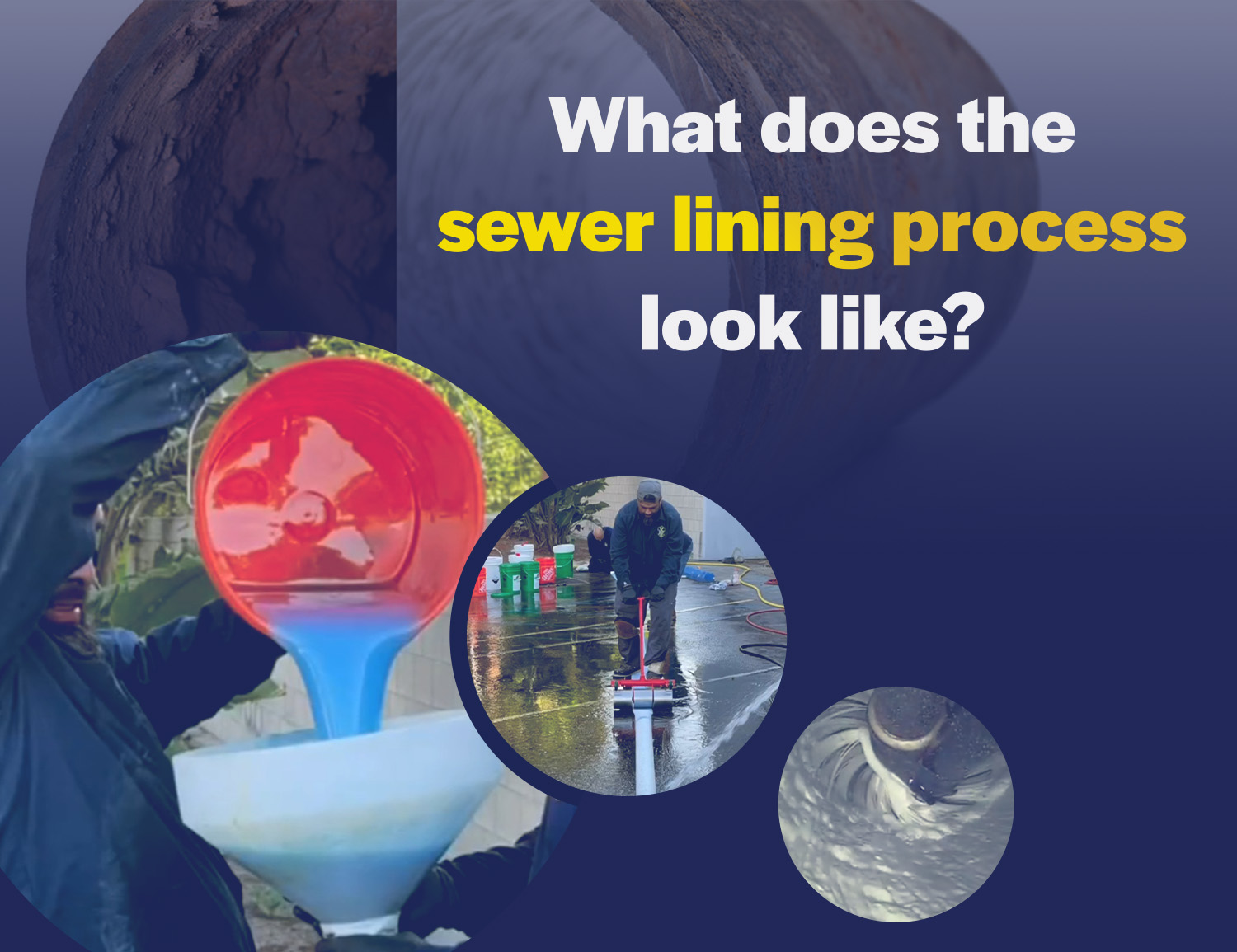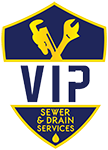
Over time, sewer pipes can deteriorate due to various factors, including age, corrosion, and root infiltration. This deterioration can lead to leaks, blockages, and structural weaknesses. Addressing these issues is vital to prevent environmental contamination, property damage, and public health risks. Traditional repair methods often involve excavation, which can be costly, time-consuming, and disruptive to the community.
Sewer lining, also known as cured-in-place pipe (CIPP) lining, is a trenchless technology that has emerged as a cost-effective and efficient solution for rehabilitating damaged sewer pipes. The process involves inserting a flexible lining material into the existing pipe and curing it in place, essentially creating a new pipe within the old one. This innovative technique has revolutionized sewer repair while omitting the hassle and mess of excavating.
The Sewer Lining Process
The sewer lining process consists of several steps, each meticulously designed to ensure the long-term integrity and functionality of the rehabilitated pipe. Here’s a detailed look at how the sewer lining process works:
Inspection and Assessment. The process begins with a thorough camera inspection of the sewer pipes. This assessment helps determine the extent of damage, the type of lining material required, and any necessary preparatory work.
Preparatory Work. If the sewer pipe is severely damaged or blocked, some preparatory work may be needed, such as clearing obstructions or addressing structural issues. This step ensures a smooth lining process. Before lining, the interior of the pipe is cleaned to remove debris, scale, and other obstructions. This step is crucial to ensure a strong bond between the lining material and the existing pipe.
Lining Material Installation. The selected lining material, typically a resin-saturated fabric or a polymer liner, is inserted into the damaged pipe. The lining material is customized to fit various pipe diameters and shapes. Once the lining material is in place, it is inverted using either air pressure or water. This process ensures that the material adheres tightly to the existing pipe’s surface and conforms to the specific pipe’s dimensions.
Curing. The curing process involves introducing heat or ultraviolet (UV) light to harden the lining material. This step transforms the flexible material into a rigid, durable pipe within the existing sewer line. The curing process can take as little as 4 hours but can require a full 24-hour period.
Quality Control. After curing, the newly lined pipe is inspected to ensure that it meets quality standards. This may involve another camera inspection to check for proper adhesion, uniform thickness, and the absence of defects.
Benefits of Sewer Lining
The sewer lining process offers numerous advantages, making it a preferred method for rehabilitating sewer pipes.
Because it requires minimal to no excavation work and reduces labor, equipment, and material costs, sewer lining is a more cost-effective solution. The process reduces inconvenience and environmental impact while extending the life of the rehabilitated pipe by several decades, providing long-term benefits. Sewer lining increases flow capacity by creating a smoother. Lastly, the sewer lining process is often much quicker than traditional methods, minimizing any disruptions to your day-to-day life.
The sewer lining process is a remarkable innovation that has revolutionized sewer repair and maintenance. With its cost-effectiveness, minimal disruption, and long-term benefits, sewer lining plays a crucial role in preserving and improving plumbing infrastructure. However, applying a sewer lining is not suitable in every situation. Knowledge and proper training are essential to complete the sewer lining process properly. Here at VIP Sewer and Drain Services, our licensed and trained experts are ready to assist you with your drain needs. Call VIP Drain Service to make an appointment today and remember that for plumbing emergencies we are available 24/7.


